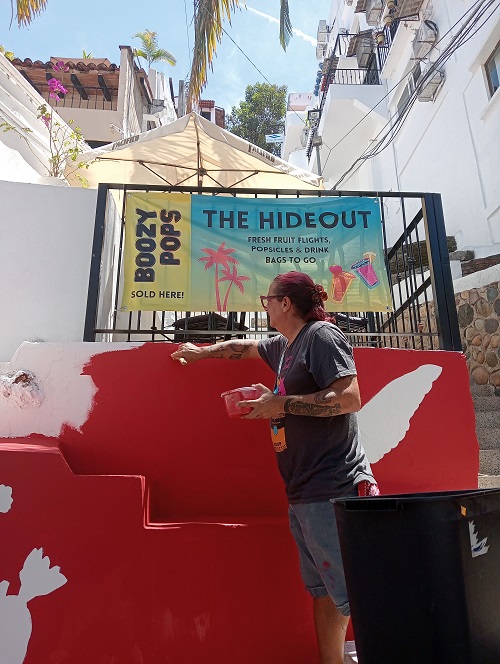Casa de Concreto: The Joy of Owning a Concrete Home in Mexico by Ron Morgan Properties
In a frank, online discussion about the unfortunate lack of concrete homes in the U.S., real estate agent Scott Miller of Florida got straight to the point:
With concrete construction “your house won’t be eaten by termites, won’t burn like wood, and won’t rot. They’re much more soundproof and insulated. You can finish the exteriors beautifully.”
Clearly he’s as enthusiastic about concrete as they are in Mexico, the land of beautiful, some-old-some-new, concrete, stone and tile homes.
To many prospective buyers, a Mexican-made “hecho en Mexico” concrete home is an absolute dream, mostly for the benefits, but also because you can’t get one that readily in Canada or the U.S.
And they are oh so simple.
“Fiberglass? Drywall? Vinyl siding? Stick-frame? Asphalt shingles? Engineered Wood?…. Cómo?”
Joefre Essey, in an essay about traditional Mexican homes, made an interesting observation:
“It is a mystery to me how a relatively poor country covers its homes with tiles, while a wealthy nation covers its homes with much cheaper shingles”.
So true.
Even better, if you tell your average Mexican that in the US and Canada, homeowners choose a lifespan for roof shingles – 15 to 20 years on average depending on your budget – and you may get a look of incredulity.
In fact, the entire material list north of the border sounds a tad flimsy; polyethylene, fiberglass, asphalt shingles, vinyl siding, styrofoam, drywall, simulated wood, and on and on – all expensive to assemble and rarely fireproof, soundproof, mold or bulletproof for that matter.
Concrete, by stark contrast, envelopes the entire Mexican house, comprising the floors, the walls, stairs, and even the roof.
Flat Concrete Exteriors, Green and Lush on the Inside: The Open Courtyard
To some naysayers, Mexican home exteriors appear plain or stark.
But there’s a reason.
Securing the exterior is one, while also maximizing the property space and in turn, allowing the splendor inside the home to flourish – the interior courtyard.
Joefre Essey explains the historical significance of these fantastic interior spaces:
“…goes back to the Spanish roots of architecture in Mexico, and beyond that to the Mediterranean culture of the classical period. The warmth of that region spawned homes that were open to the elements”
“A peristyle, or inner courtyard, became the central element around which the house was organized. The various rooms of a house surrounded this interior green space”.
By contrast, many Canadians and Americans spend small fortunes creating impressive front exteriors, a space which, in many instances, gets little to no use. But Mexico is different. And that’s why we adore her, and her houses.
Even American home improvement television show host Bob Villa is a huge fan of concrete construction . And he sums it up like:
- Greatly diminished outside noise
- Resistance to fire
- Able to prevent damage from subterranean termites and dry wood termites.
- Stronger than wood framing and able to resist wind-blown debris
- Reduced HVAC loads because their continuous wall assemblies reduce air infiltration and have inherent higher levels of insulation
Simply put, if it’s good for Bob, then it’s likely good for you too.
Have fun finding your concrete, Mexican-styled home and feel the strength, the simplicity and the pure joy of owning a slice – or a slab or two – of a hecho en Mexico casa de concreto.










